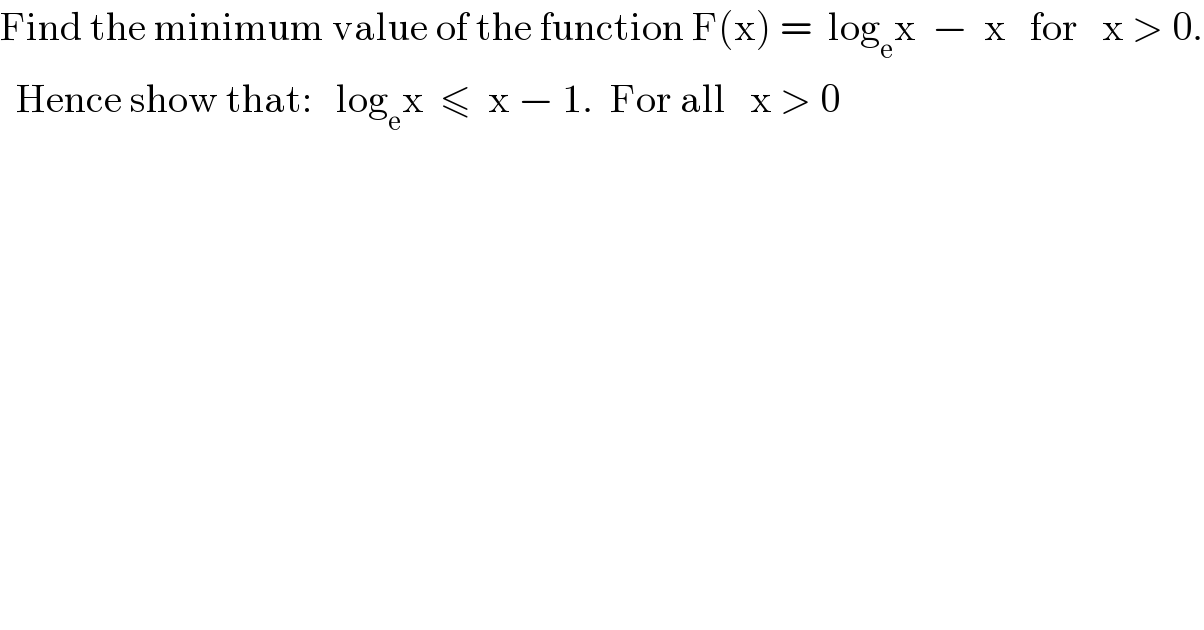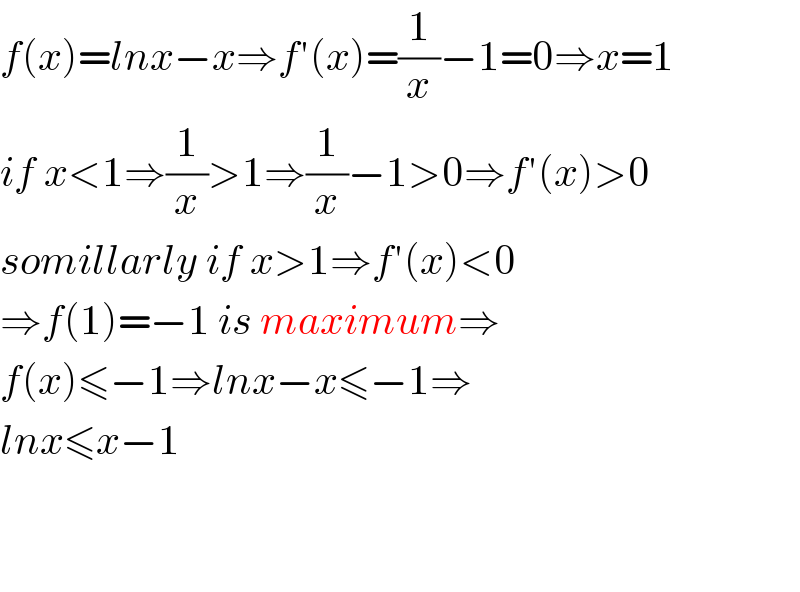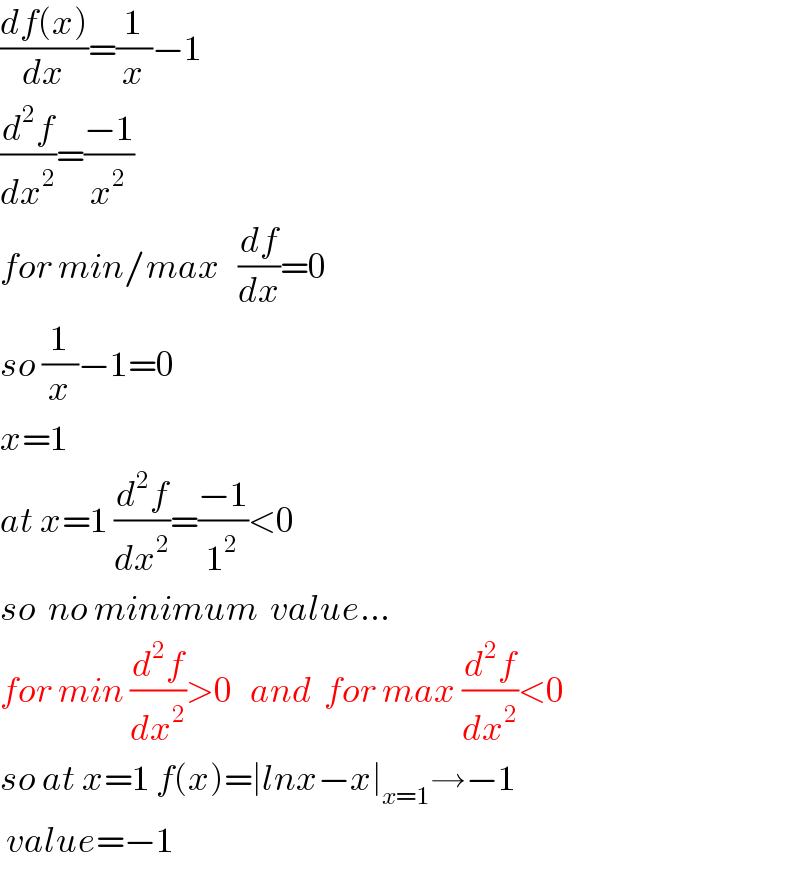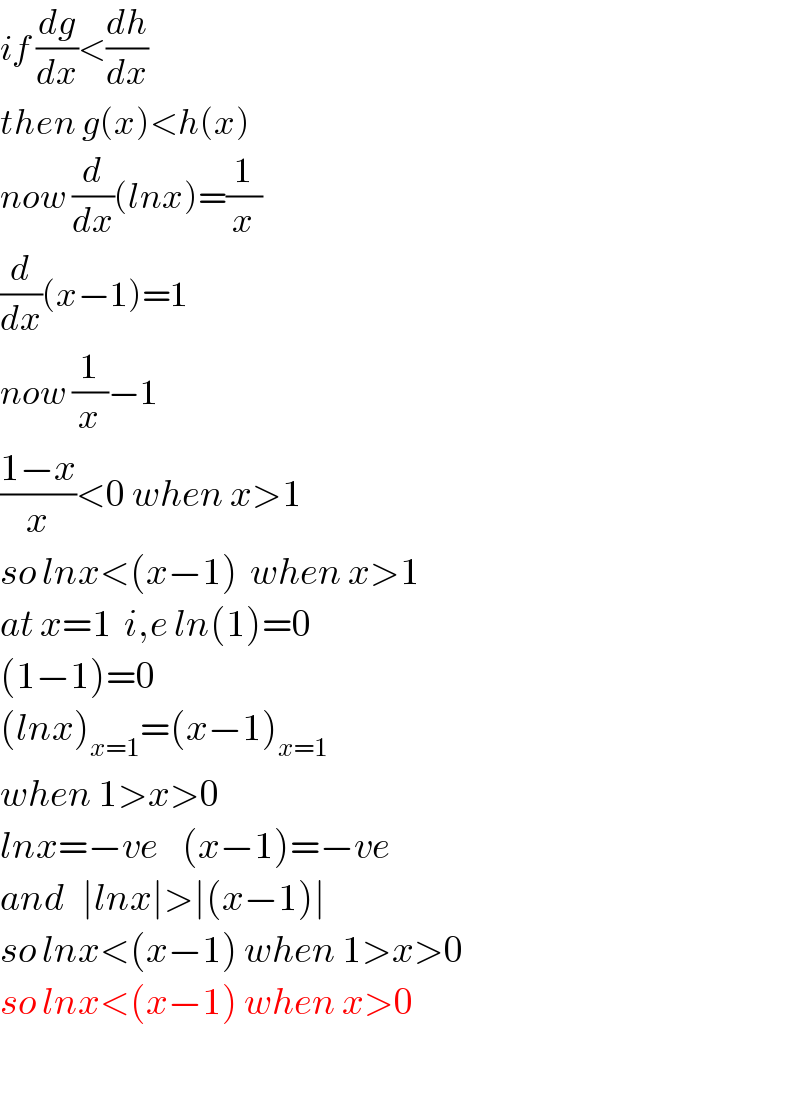
Question and Answers Forum
Question Number 56356 by Tawa1 last updated on 15/Mar/19

Commented byTawa1 last updated on 15/Mar/19

Answered by kaivan.ahmadi last updated on 15/Mar/19

Commented byTawa1 last updated on 15/Mar/19

Answered by tanmay.chaudhury50@gmail.com last updated on 15/Mar/19

Commented bytanmay.chaudhury50@gmail.com last updated on 15/Mar/19

Commented bytanmay.chaudhury50@gmail.com last updated on 15/Mar/19

Commented byTawa1 last updated on 15/Mar/19

Answered by tanmay.chaudhury50@gmail.com last updated on 15/Mar/19

Commented bytanmay.chaudhury50@gmail.com last updated on 15/Mar/19

Commented byTawa1 last updated on 15/Mar/19

